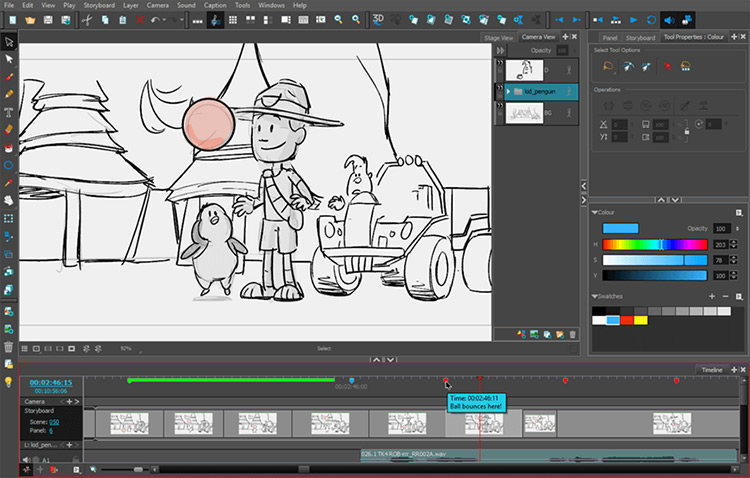

This approach is frequently associated with “shaping,” which teaches new behaviors by reinforcing “successive approximations” of the behavior rather than repeating previous approximations, as the Association for Science in Autism Treatment explains. Alternatively, a task can be divided into short chunks of time, so a 20-minute activity may be broken into five four-minute segments.

The steps are linked via “chaining,” which signals the completion of each step as a cue to begin the next step.
STORYBOARD PROGRAM FOR OT NONVERBAL PROFESSIONAL
The National Professional Development Center on Autism Spectrum Disorders defines task analysis as a teaching process that breaks down complex activities into a series of simple steps that students are able to learn more easily. This guide describes several specific task analysis techniques and presents examples of their application in diverse settings.
STORYBOARD PROGRAM FOR OT NONVERBAL HOW TO
The goal of a task analysis is to break down and simplify complex tasks in order to provide step-by-step guidance on how to complete specific behaviors. These types of assessments and interventions work to “increase appropriate skills and decreas maladaptive behaviors,” as Psych Central reports. The antecedent-behavior-consequence (ABC) method of assessing functional behavior can be combined with an intervention such as task analysis as the basis for effective interventions in children with autism spectrum disorder. The most popular treatment for children with autism spectrum disorder is applied behavior analysis (ABA), which the Association for Science in Autism Treatment describes as the use of interventions to improve “socially important behavior.” Behavior analytic interventions are based on learning theory and methods that have been studied scientifically and shown to be effective in improving the lives of people with autism spectrum disorders.

ASD is about four times as prevalent in boys than in girls, with 1 in 37 boys diagnosed as having ASD, compared to 1 in 151 girls. Centers for Disease Control and Prevention estimates that autism spectrum disorders are present in 1 in 59 children.



 0 kommentar(er)
0 kommentar(er)
